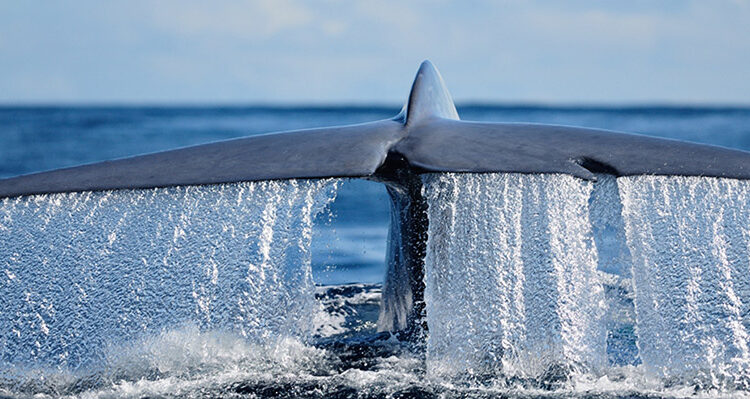
The Antarctic blue whale (Balaenoptera musculus ssp. Intermedia) is the world’s largest mammal, weighing up to 400,000 pounds (about 33 elephants) and reaching lengths of up to 98 feet. The whale has a heart the size of a small car and eats around 7936 pounds of krill every day during the peak feeding season. It is the loudest mammal on the planet, even louder than a jet engine, with cries reaching 188 decibels compared to 140 decibels for a jet. The low-frequency whistle of the whales may be heard for hundreds of kilometers and is most likely used to attract other blue whales.
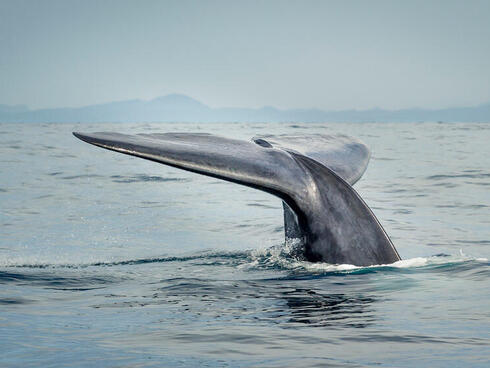
The Antarctic blue whale is ‘critically endangered’
Commercial whaling, which began in the southern Atlantic Ocean in 1904, significantly decimated the blue whale population in Antarctica. Despite the International Whaling Commission’s legal protection in the 1960s, illegal hunting persisted until 1972. From over 125,000 individuals in 1926 to approximately 3,000 individuals in 2018, the species is now classified as “critically endangered” on the IUCN Red List.
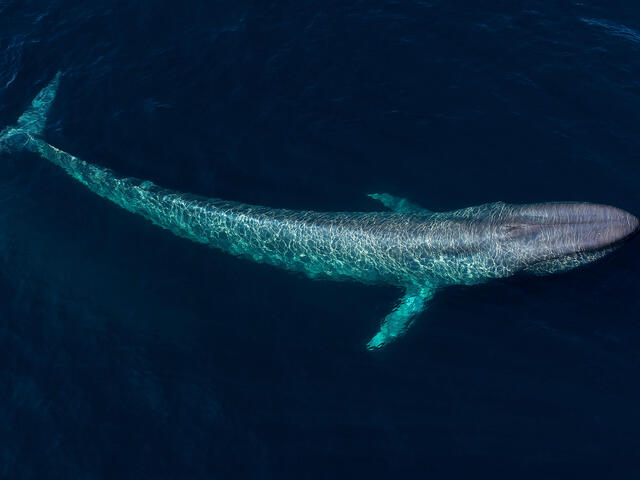
A remarkable number of Antarctic blue whales was recently sighted
When a team of scientists led by the British Antarctic Survey (BAS) returned from their recent voyage to the sub-Antarctic island of South Georgia, they were able to deliver some positive news. During their 2020 voyage, they counted 55 Antarctic blue whales, which they describe as “unprecedented.” South Georgia Waters continue to be an important summer feeding site.
“After three years of surveys, we are happy to see so many whales coming South Georgia to eat again,” says Dr. Jennifer Jackson, a whale biologist at BAS. This is a location where substantial whaling and sealing occurred. It seems obvious that whaling protection has succeeded, with humpback whale populations now comparable to those seen a century ago when whaling initially began at South Georgia.”
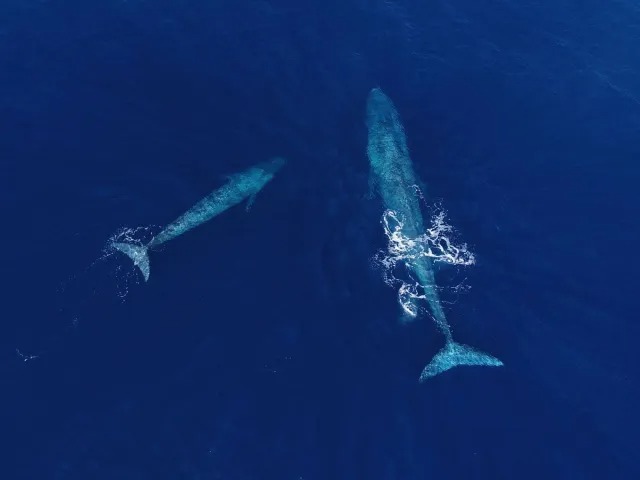
What is WWF doing?
WWF has worked with the Southern Ocean Commission (CCAMLR) for many years to safeguard the most crucial habitats for iconic species such as whales, penguins, seals, seabirds, and their food – small Antarctic krill. CCAMLR has committed to establishing a network of marine protected areas around Antarctica to conserve a variety of animals threatened by climate change, including regions where whales feed on microscopic Antarctic krill. WWF collaborates with scientists to offer critical information to governments in order to safeguard these critical foraging sites.
“Antarctic blue whales are the world’s biggest mammals and a breathtaking sight to see in the wild.” They truly are Antarctic giants. However, they are highly endangered and are just now beginning to recover from the effects of twentieth-century whaling. We are now striving to conserve crucial blue whale foraging regions in the Southern Ocean before it is too late. “This study confirms that there is still hope,” says Chris Johnson, Global Lead for the Protecting Whales and Dolphins Initiative.
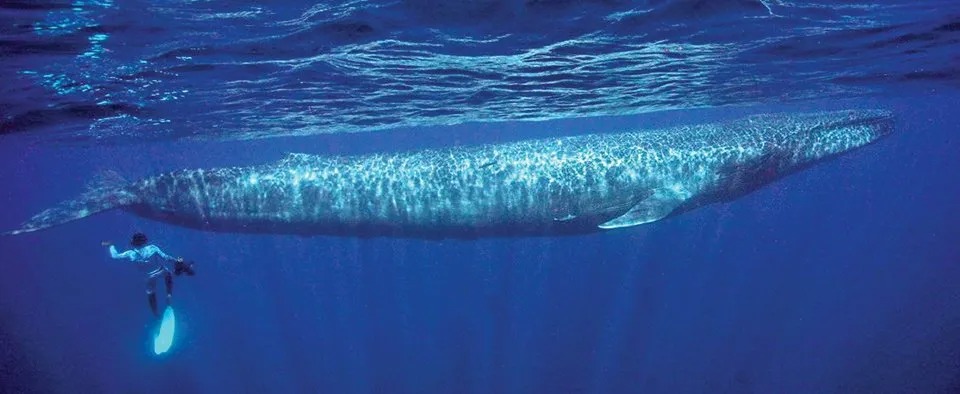

Leave a Reply